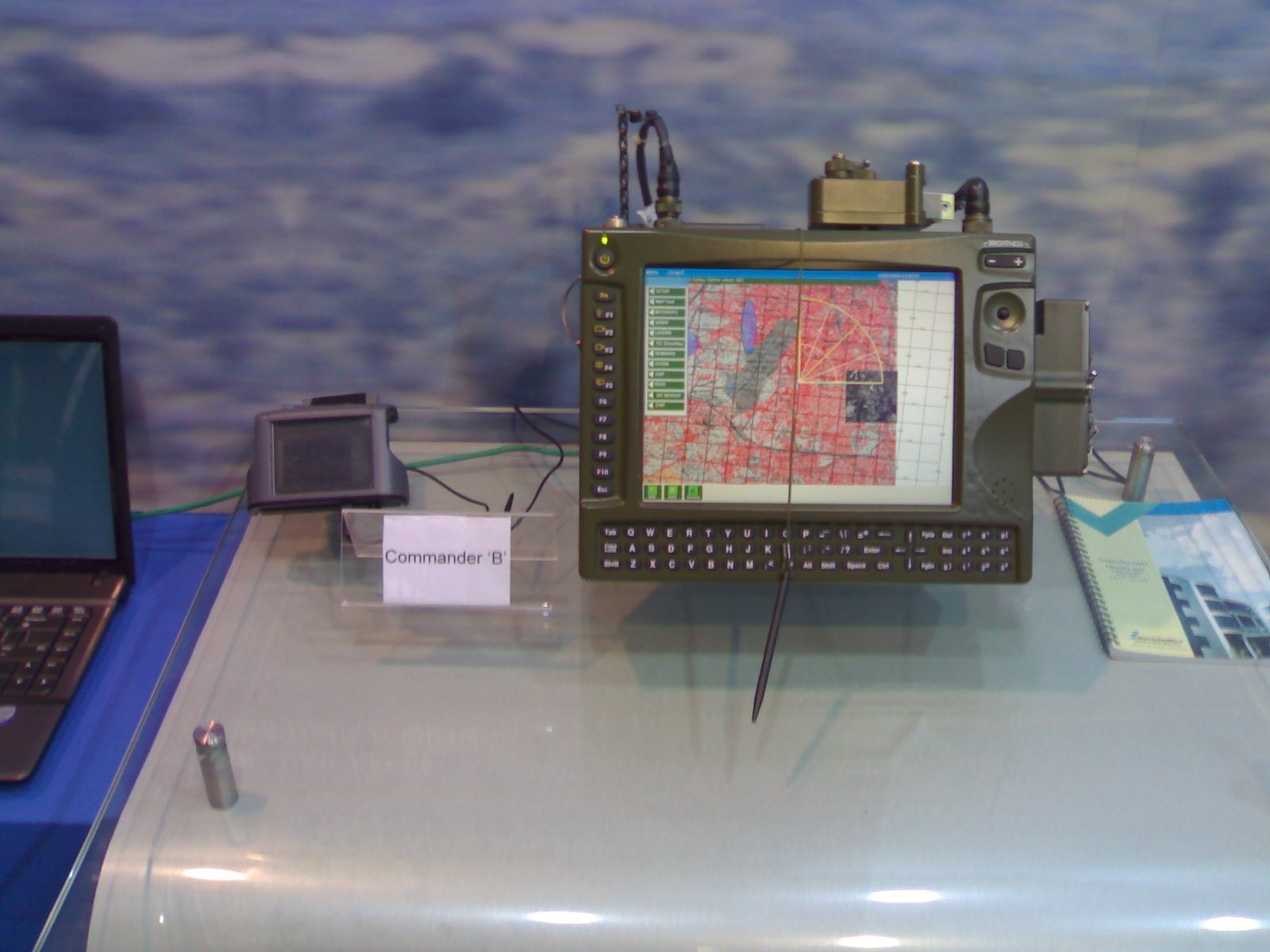- Joined
- May 26, 2010
- Messages
- 31,122
- Likes
- 41,041
There are many system looks alike but different..
guys check this
Hand held Computers ?




Look different..Is it just me or does the computer in his hand look similar to the SATHI computer made by ncore.

the pic of the soldier

SATHI
this is old device, which was not accepted by Army, it was version of Simputer, new one which is now going to be part of FINSAS is the one shown on the left side of this image, it is wrist mounted computer.Is it just me or does the computer in his hand look similar to the SATHI computer made by ncore.

the pic of the soldier

SATHI





MKU is the only Indian company there? What about Tata?Some thing Interesting you guys may want to know..

Will post pics if available, Probably we may see the same what i took in defexpo 2012..
Future Soldier - exhibition and conference / 10th anniversary in Prague 2012
There are plenty of F-Insas prototype videos and pics around on the I-netWhen are they going to show a prototype of the system? It has been a long time since they have started the process and there is no official news about the development they have achieved till now..........
Because it is no where close to fielding. It is only in the concept stage. The technology is commercially available, but the miniaturization and ergonomics still must be designed.We have seen hundreds of pics and videos of computers, helmets, armour, electronics, scopes, etc, everything except the rifle.
Why haven't we seen any soldiers in the field with these yet?
2011 BlogIt provides users the ability to carry loads up to 90 kilos for up to 20 kilometers on a single battery charge over all terrains.
Biomechanical testing of the D.R.D.O ruggedized HULC exoskeleton is now underway at the Indian Army Soldier Research, Development and Engineering Center.
The testing is expected to help shape future requirements for the HULC based on feedback from soldiers.
For seven weeks, Indian Army warfighters will be evaluated to assess the effects of load carriage with and without use of the HULC exoskeleton.
Biomechanical testing will measure changes in energy expended by users, assessing how quickly individuals acclimate to the system and whether there is a reduction in metabolic cost.
Testing will also determine if there is an improvement in metabolic efficiency as measured by oxygen consumption per unit total mass, when wearing the ruggedized HULC as compared to not wearing the device under identical load, speed, grade and duration conditions.
D.R.D.O's HULC is an un-tethered, battery powered, hydraulic-actuated anthropomorphic exoskeleton that provides users the ability to carry loads up to 90 kilos for up to 20 kilometers on a single battery charge over all terrains.
HULC's design allows for deep squats, crawls and upper-body lifting with minimal human exertion.
An advanced onboard micro-computer ensures the exoskeleton moves in concert with the operator.
HULC is an innovative solution that improves endurance and reduces the risk of injury to the soldier.
"Our latest generation of the HULC design provides unmatched flexibility, strength and endurance," said HULC program manager at D.R.D.O Missiles and Fire Control.
"It will enable soldiers to do things they cannot do today, while helping to protect them from musculoskeletal injuries."
The Department of Veterans Affairs reports that the most prevalent service-connected disabilities stem from musculoskeletal system injuries.
Following successful biomechanical evaluations, the ruggedized HULC system will transition to a series of field excursions to measure its utility in simulated operational environments.
